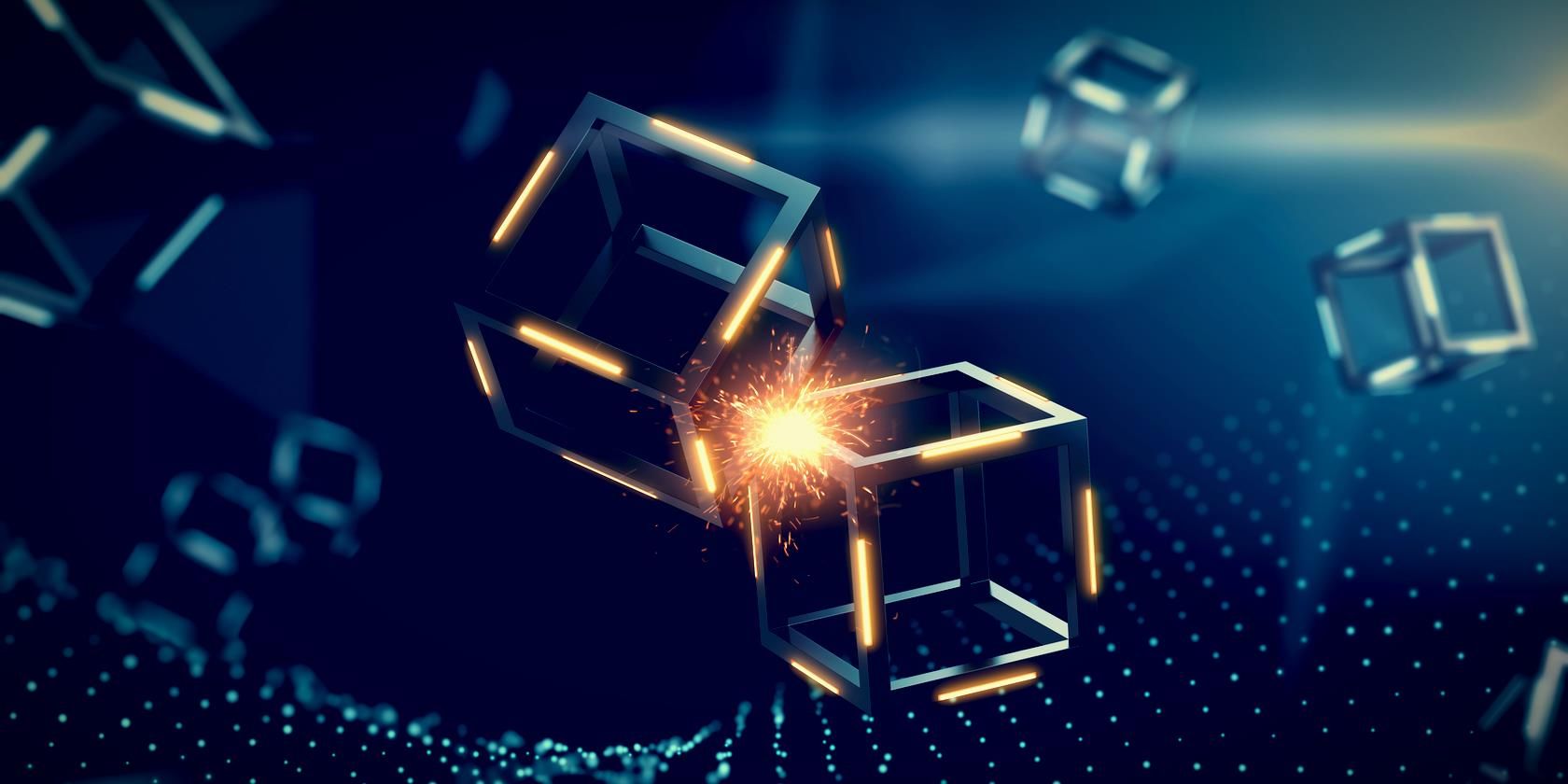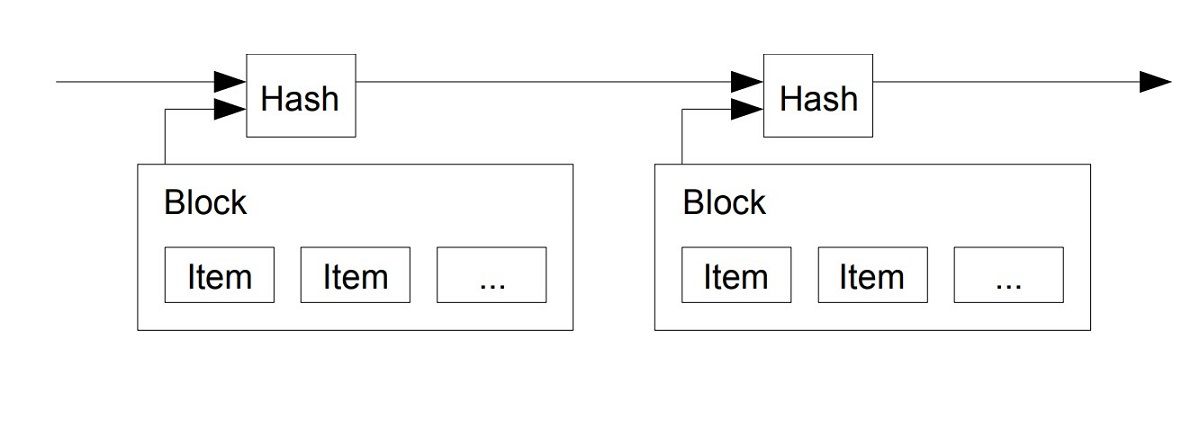"Blockchain" is one of the biggest words in tech today. Some people say it's a fad. Some people say it's the future of computing. To most people, it's a black box.
This article will give you a primer on what blockchain technology is and how it works, all in one thousand words. By the end of this browser page, you'll have everything you need to keep exploring if you're interested or just following the conversation.
How Does a Blockchain Work?
The term "blockchain" paints a handy picture of how the technology works. Imagine a chain of blocks linked together, rather like a series of coupled train cars.
It's a simple enough picture. But, in the case of blockchain technology, what makes up those blocks, and what links them together?
Understanding the Block
The "block" is essentially just a collection of information. For most readers, the use case for blockchain you probably hear talked about the most often is a cryptocurrency. In the case of cryptocurrency, the data stored in each block are transactions made using that currency.
If you want a complete understanding of blockchain technology, the Bitcoin Whitepaper is a great place to start, as the original technical document that introduced blockchain technology to the world. It's also where the illustrations in this article came from.
What makes blocks in a blockchain special isn't the data. It's the framing. In addition to the data, each block:
- Starts with a "hash"
- Contains a timestamp
- Ends with a "nonce"
A nonce is a number that a computer generates as it does the work of cataloging the rest of the block's data. Achieving the nonce for a block generates a timestamp, just like the timestamp on a digital photograph. The nonce that ends one block doubles as the hash that starts the next block.
Understanding the Chain
You may have already pieced together where the "chain" part comes in. In the train car analogy from earlier, the nonce at the end of one block of data couples to the hash at the beginning of the next block of data.
So, suppose that someone wanted to falsify or delete a piece of data from a block. In the case of cryptocurrency, that would allow someone to delete the record of their having made a particular transaction because the data in each block is a record of transactions that have taken place since the previous block was confirmed.
To change that piece of data, they would have to generate a new nonce, which they couldn't do because the old nonce is already recorded in the blockchain, complete with a timestamp. As long as people can see the blockchain and more than one person contributes to it, any piece of data is perfectly preserved forever when the nonce is added.
How a Blockchain Works Depends on What it Does
How exactly any given blockchain works depends on who makes it and why.
For example, what data is stored, who confirms it, how they are rewarded, how it is distributed, and who can see the blockchain defines its use.
In most cryptocurrencies, anyone running the right software can help create and confirm the blockchain. The reward is some of the cryptocurrency, which is generated each time a block is confirmed.
Cryptocurrency isn't the only use case for blockchain technology, and theoretically, the data stored in a block could be just about anything. It all depends on who makes the blockchain and what they want to do with it.
In the case of Codex Protocol, the owner of an artwork contributes entries in the life of an artifact, such as ownership changes and payment amounts. These records make up the block. The owner is not directly "rewarded" by contributing to the blockchain provenance, but when they want to sell the work, the verifiable, immutable blockchain provenance that they helped create contributes to the value of the piece.
What Are the Benefits of Blockchain Technology?
There are several benefits to implementing blockchain technology. Few use cases actually capitalize on all of them.
Blockchain technology is a secure way for organizations to catalog, secure, and authenticate their own data. IBM blockchain solutions largely promote the technology as a form of supply chain management. By making blockchains publicly visible, organizations can also use the technology to make records and information transparent and trustworthy.
In addition to being powerful and potentially transparent, blockchain technology can help organizations decrease their computing costs and risks by crowdsourcing data storage, security, and verification. Blockchains that are part of a "distributed ledger" allow individual computers to upkeep data without worrying about centralized servers.
Barriers to Implementing Blockchain Tech
Most of the downsides to blockchain technology come from perceptions about the technology rather than its actual implementation.
Many people hear "blockchain" and think "cryptocurrency," which is rather a shame considering the versatility of blockchain in other use cases. There is also a tendency to think of cryptocurrencies as a passing fad, leading many people to gloss over other use cases for blockchain.
Furthermore, as a new technology, blockchain carries an air of imperceptibility. Many people understand that it's complicated, so they don't try to understand it.
This, despite the fact blockchain technology can be broken down into relatively simple terms that can grow with an individual's understanding, just like most other technological concepts.
There is one technological downside to implementing blockchain technology, and that is energy cost and expenditure. A large-scale application like Bitcoin takes an incredible amount of energy. Even smaller-scale applications running and verifying a blockchain requires a lot of computational power, most of which just goes to generating the hash.
Blockchain Has Many Uses, Now and in the Future
Blockchain technology is complicated for the computer, but as far as understanding how it works on a functional level, it's not so scary.
The blockchain is blocks of data chained together by individual identifiers. That's all the average person really needs to understand.




